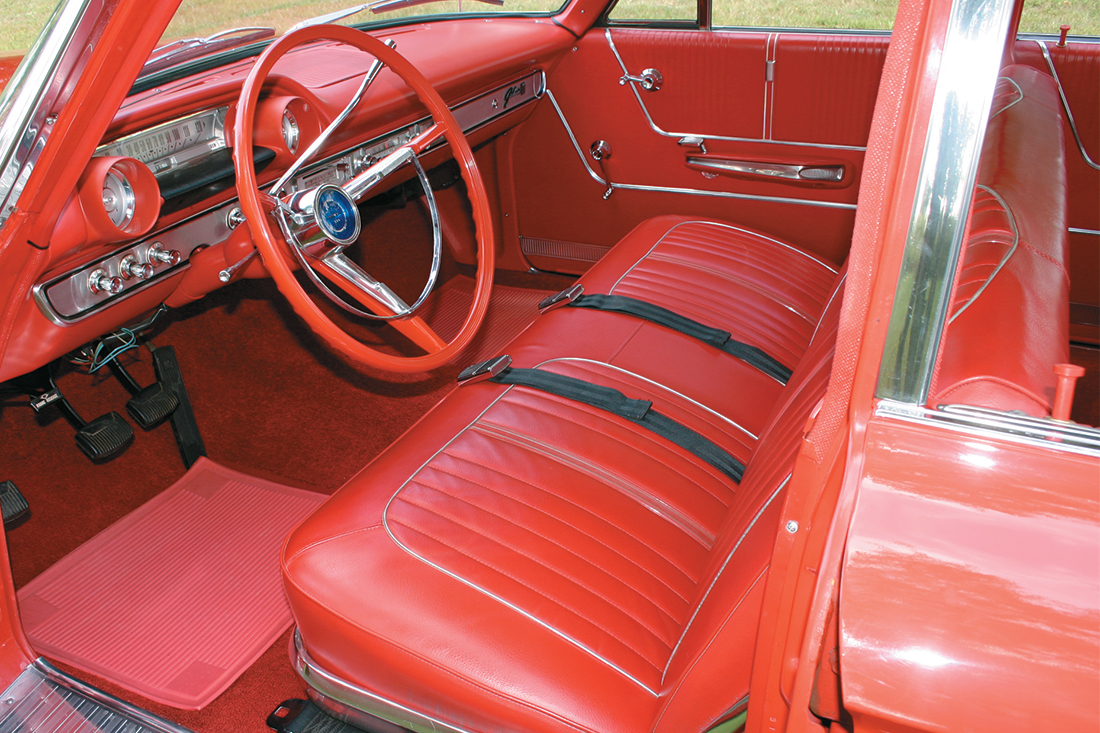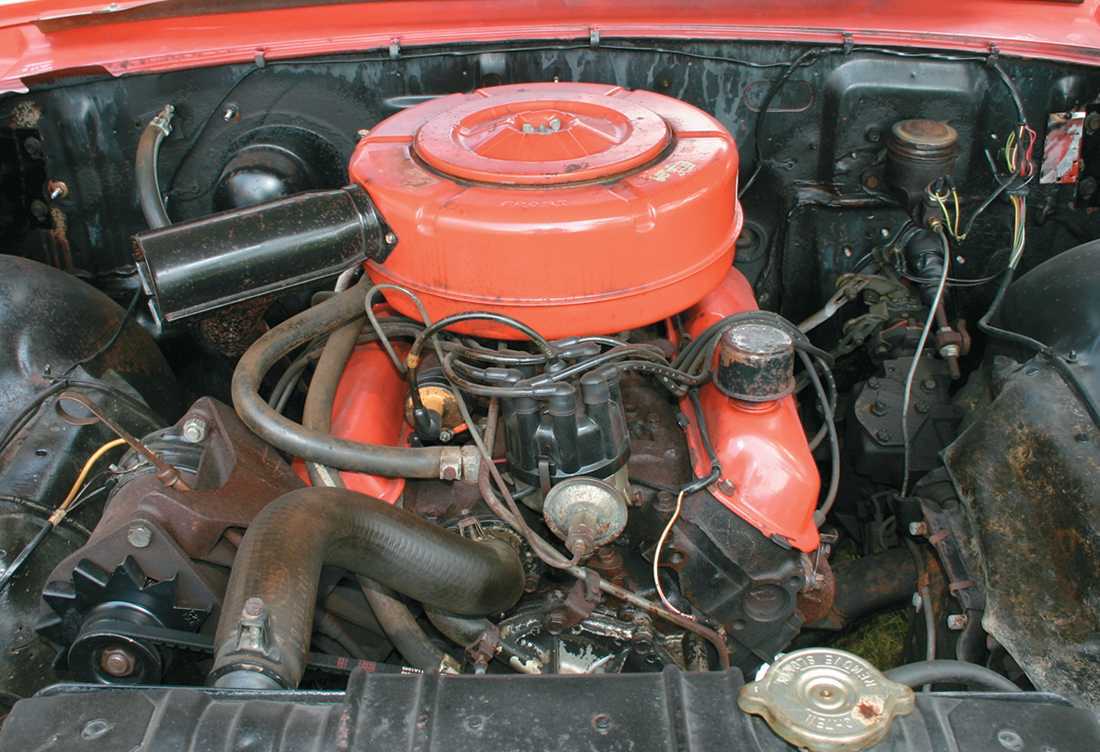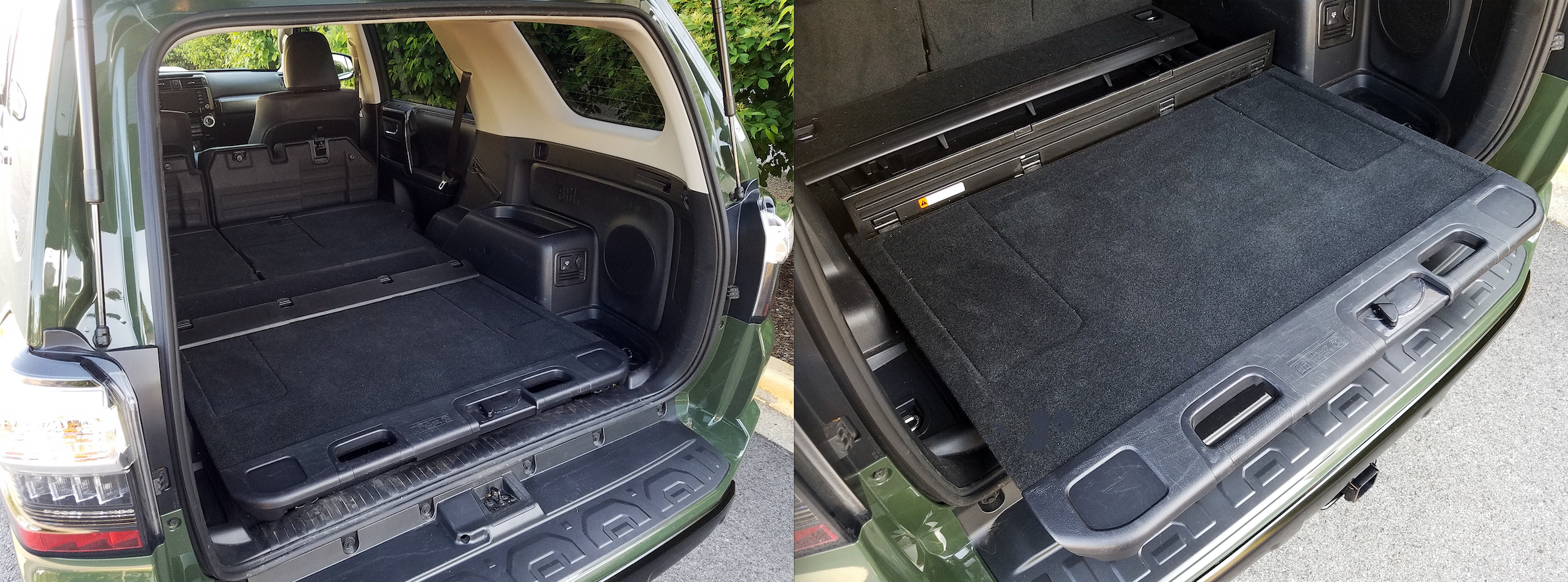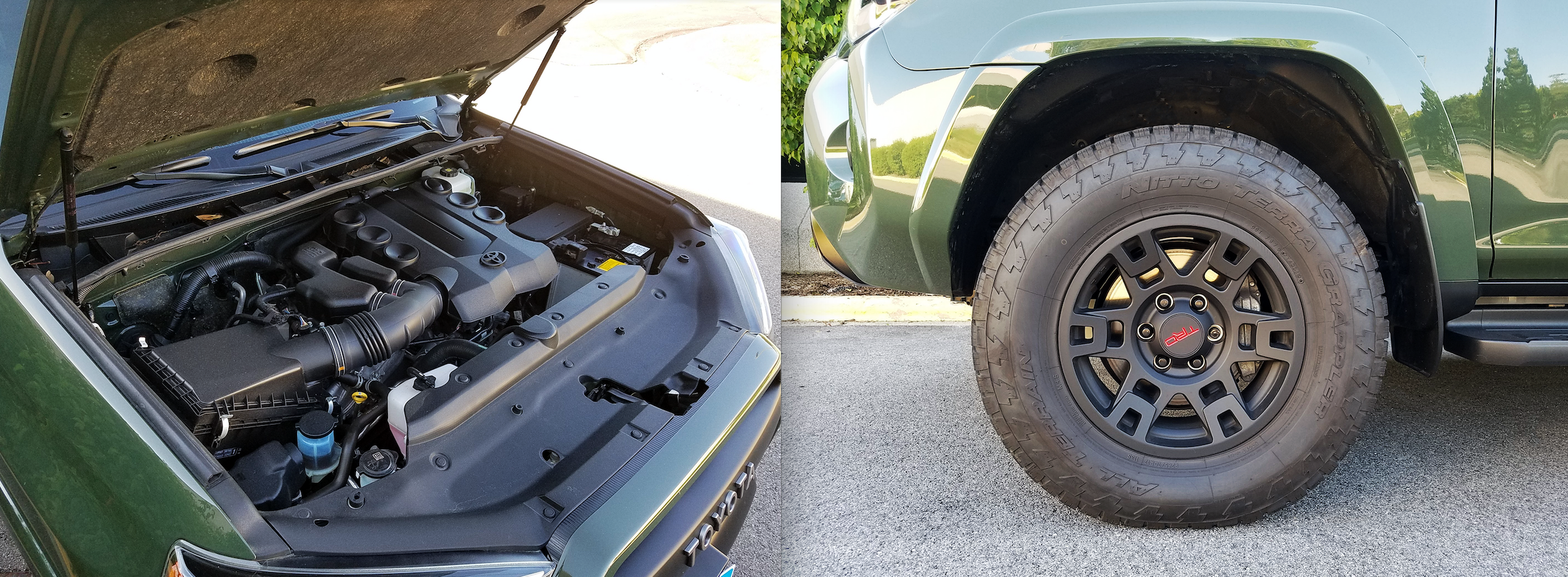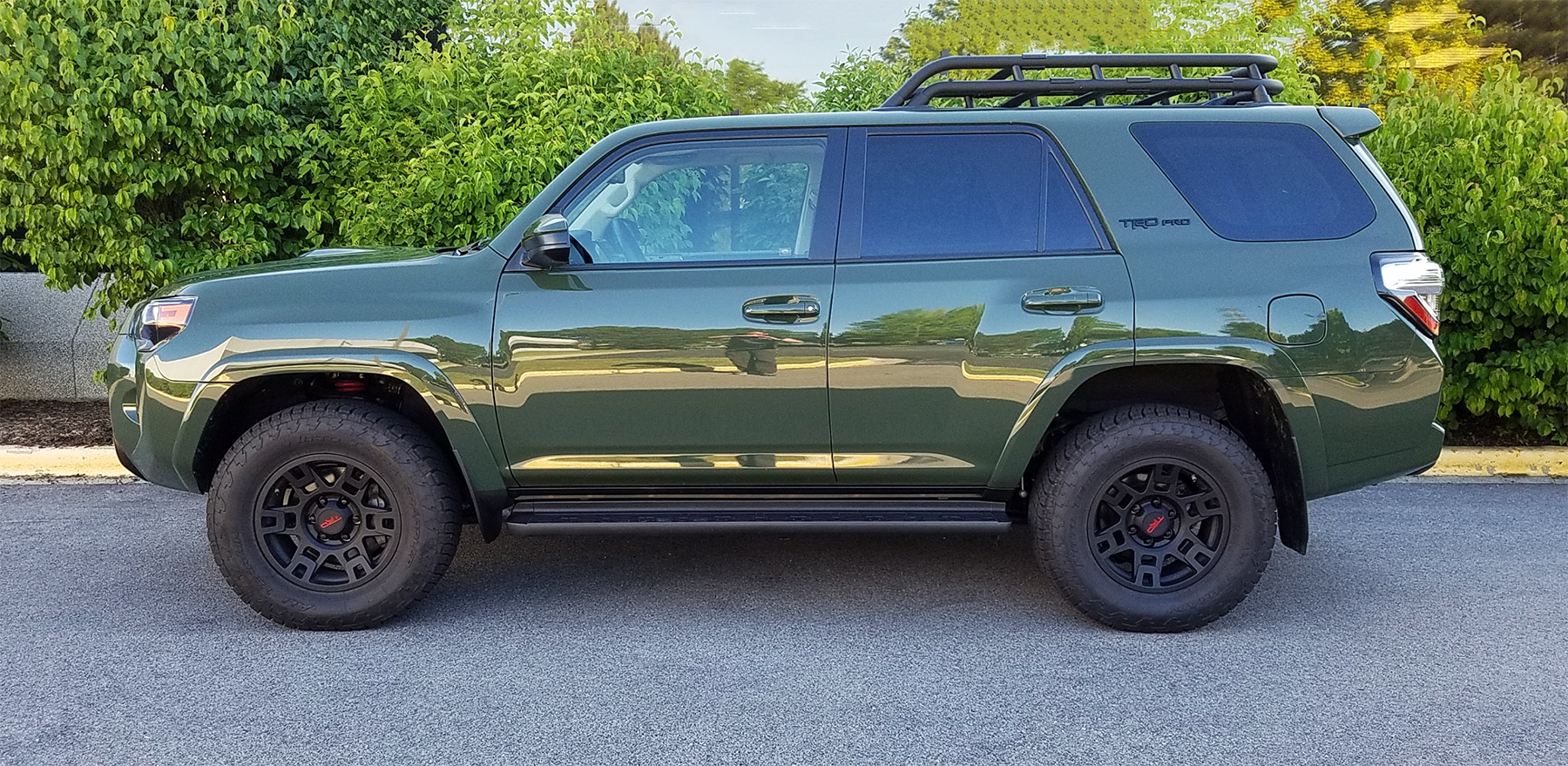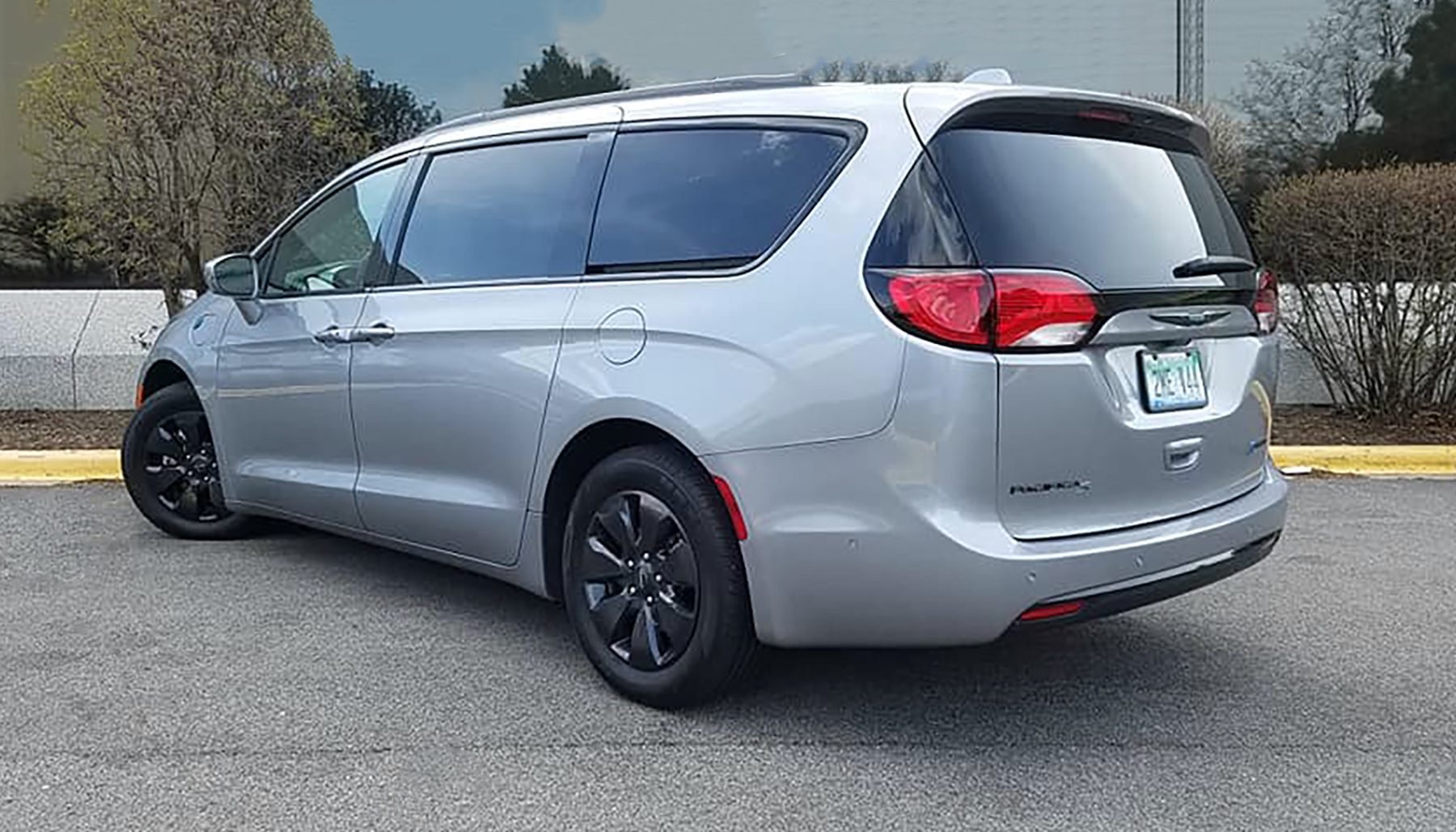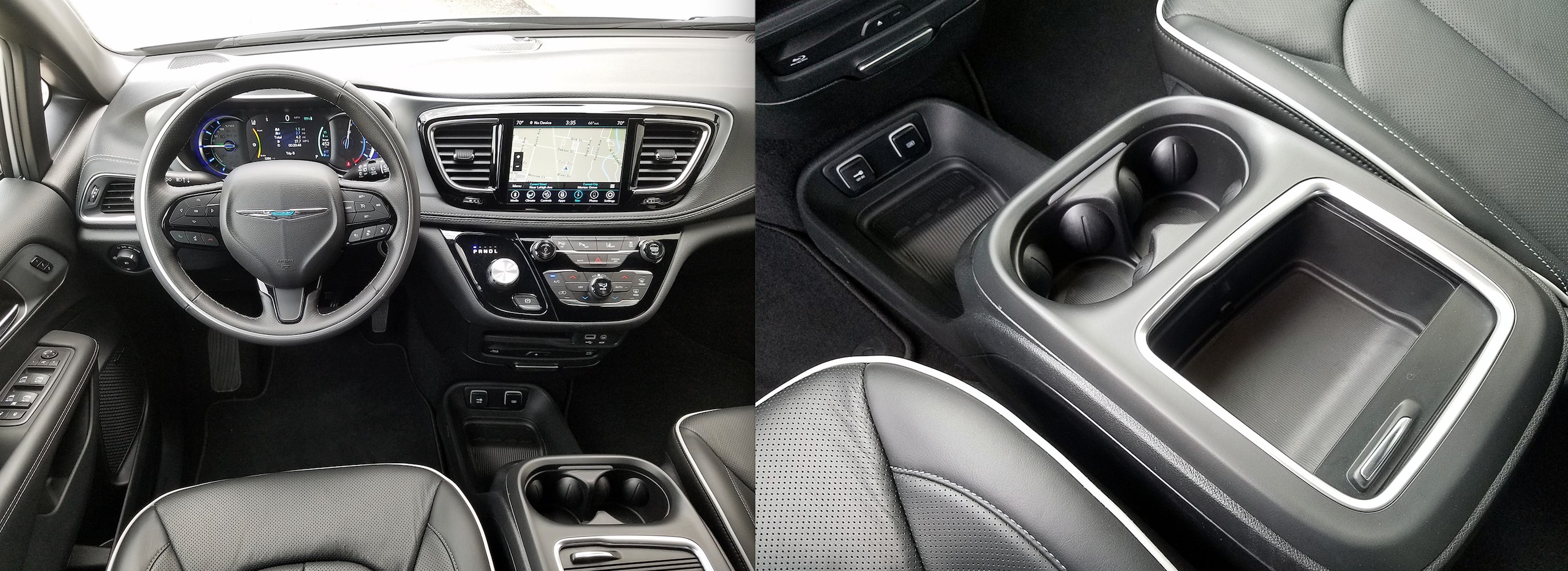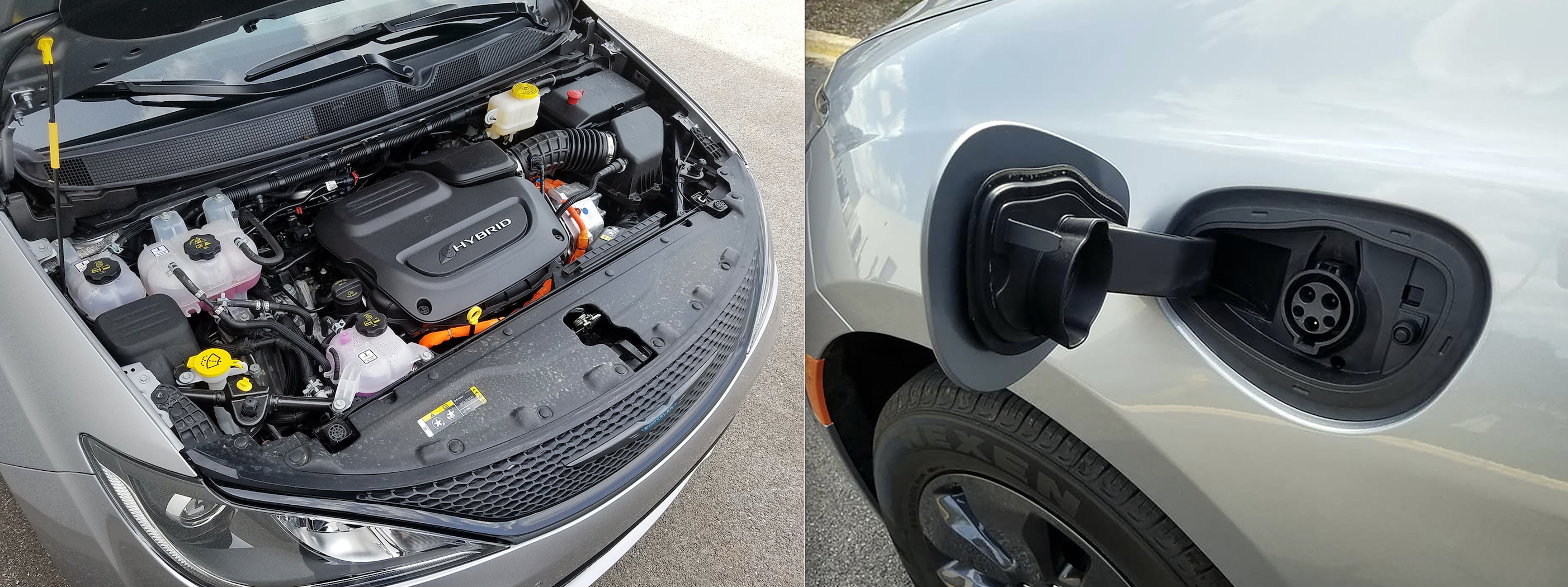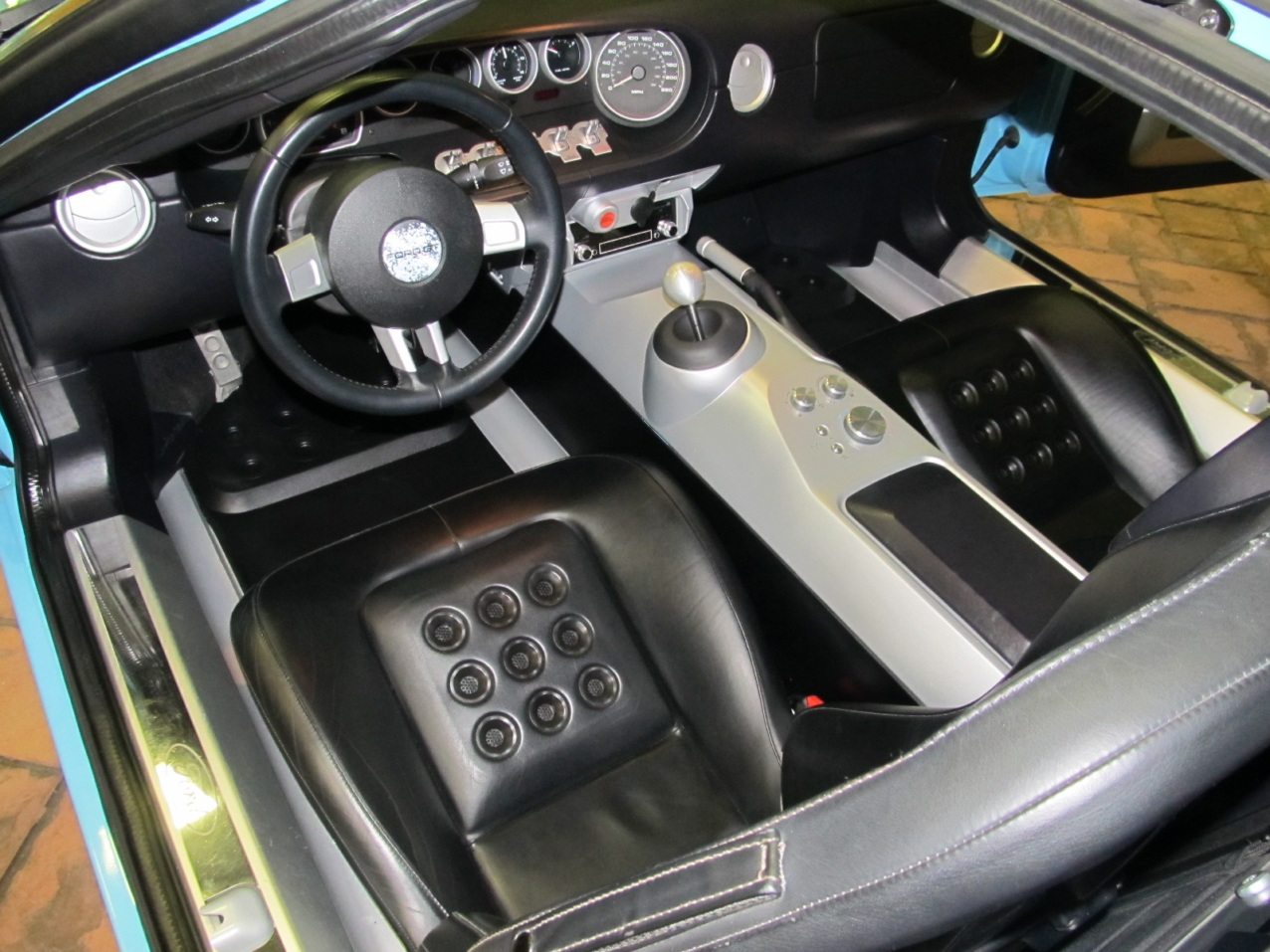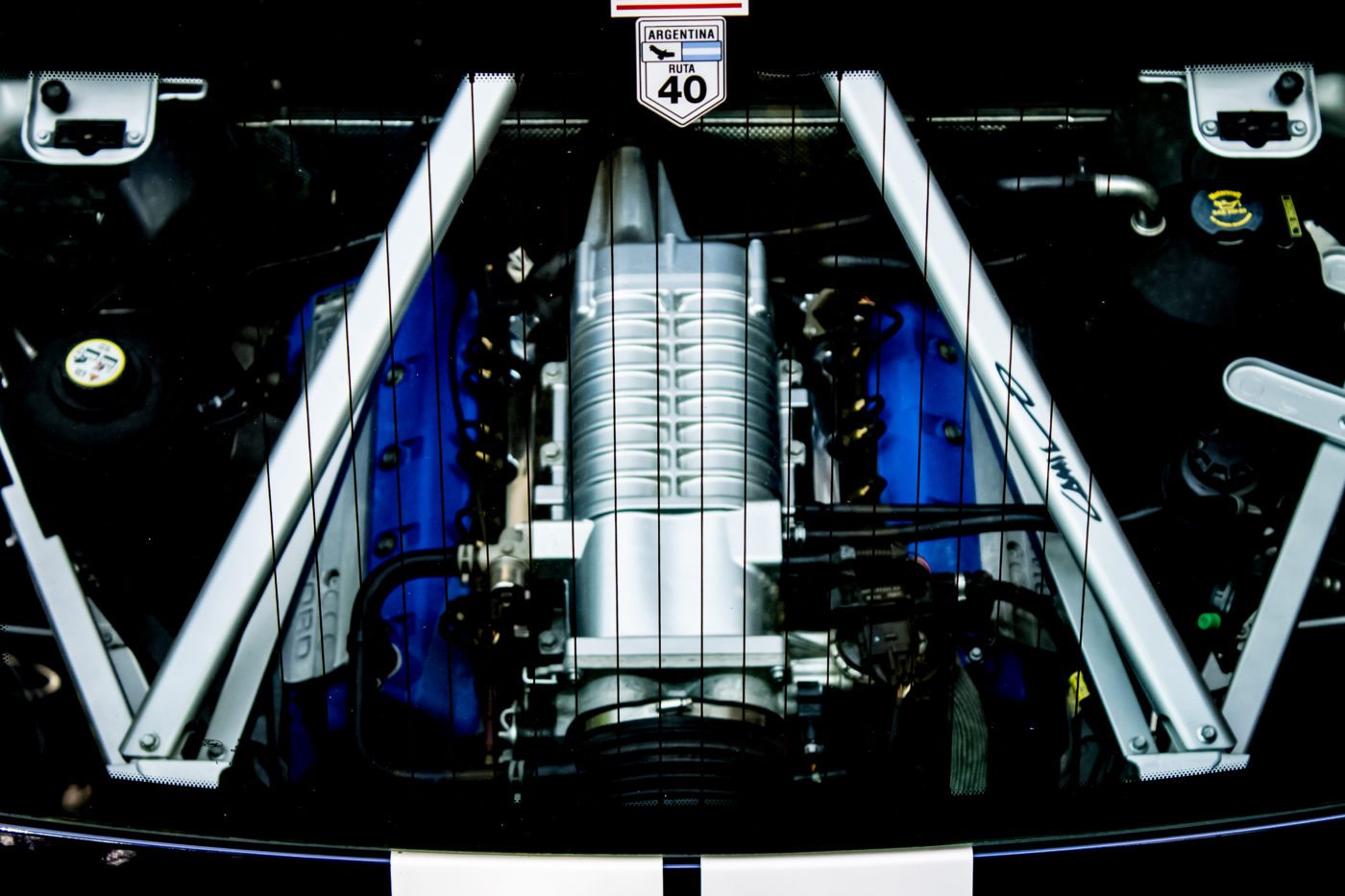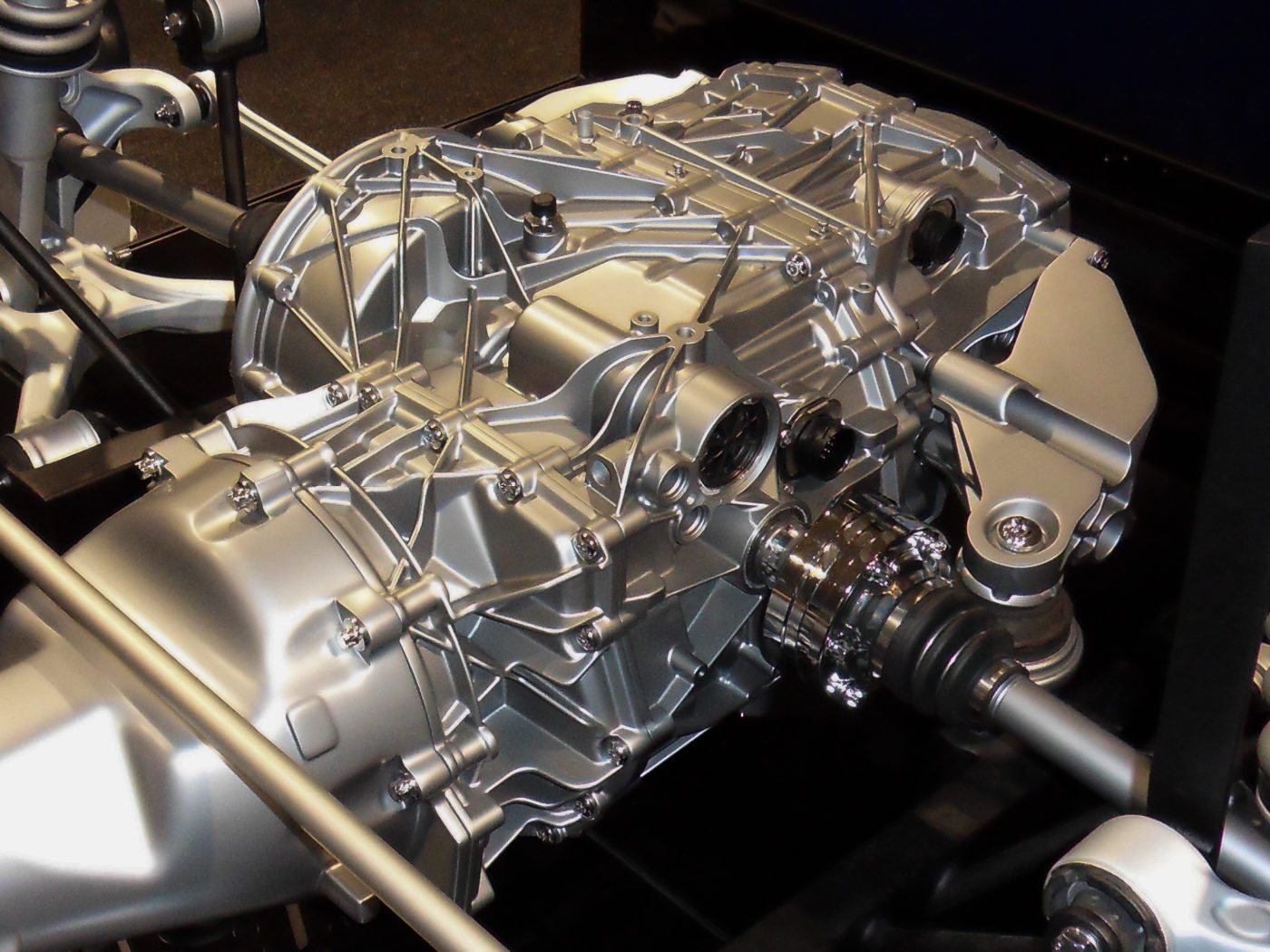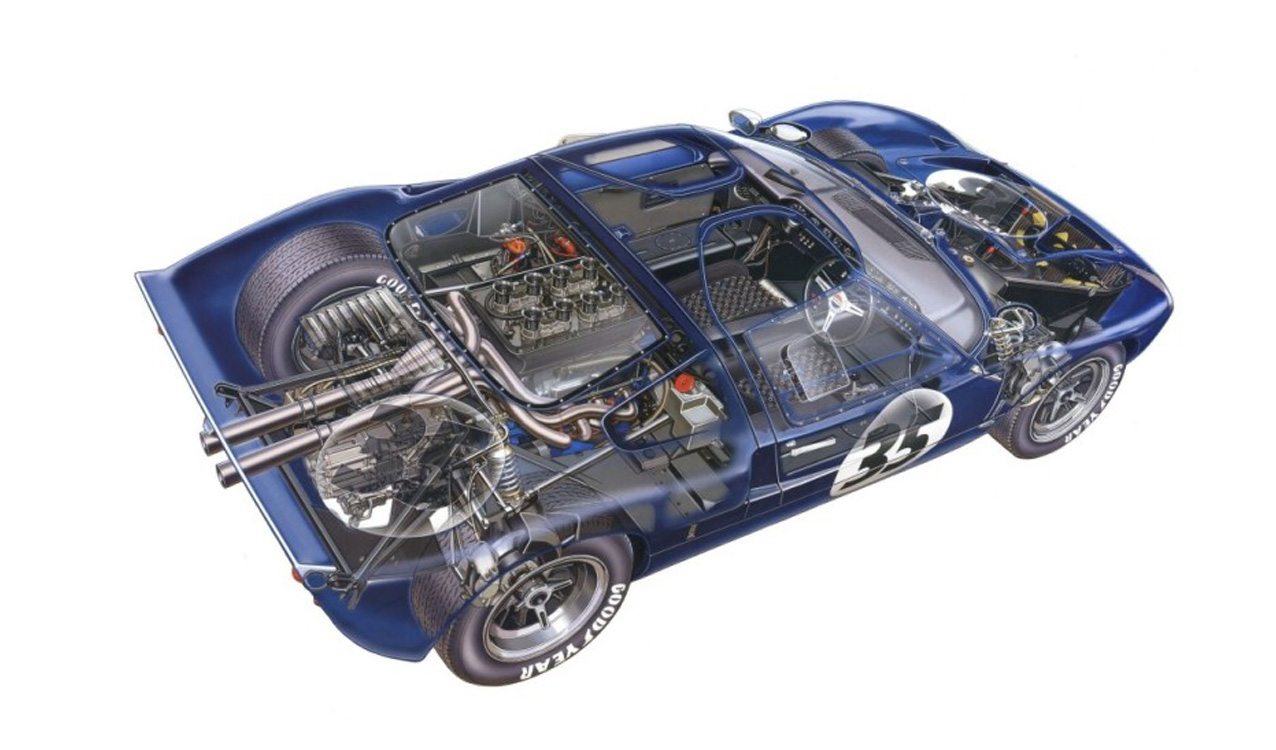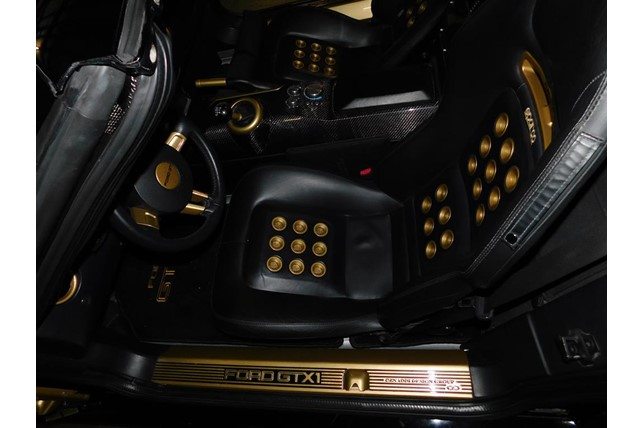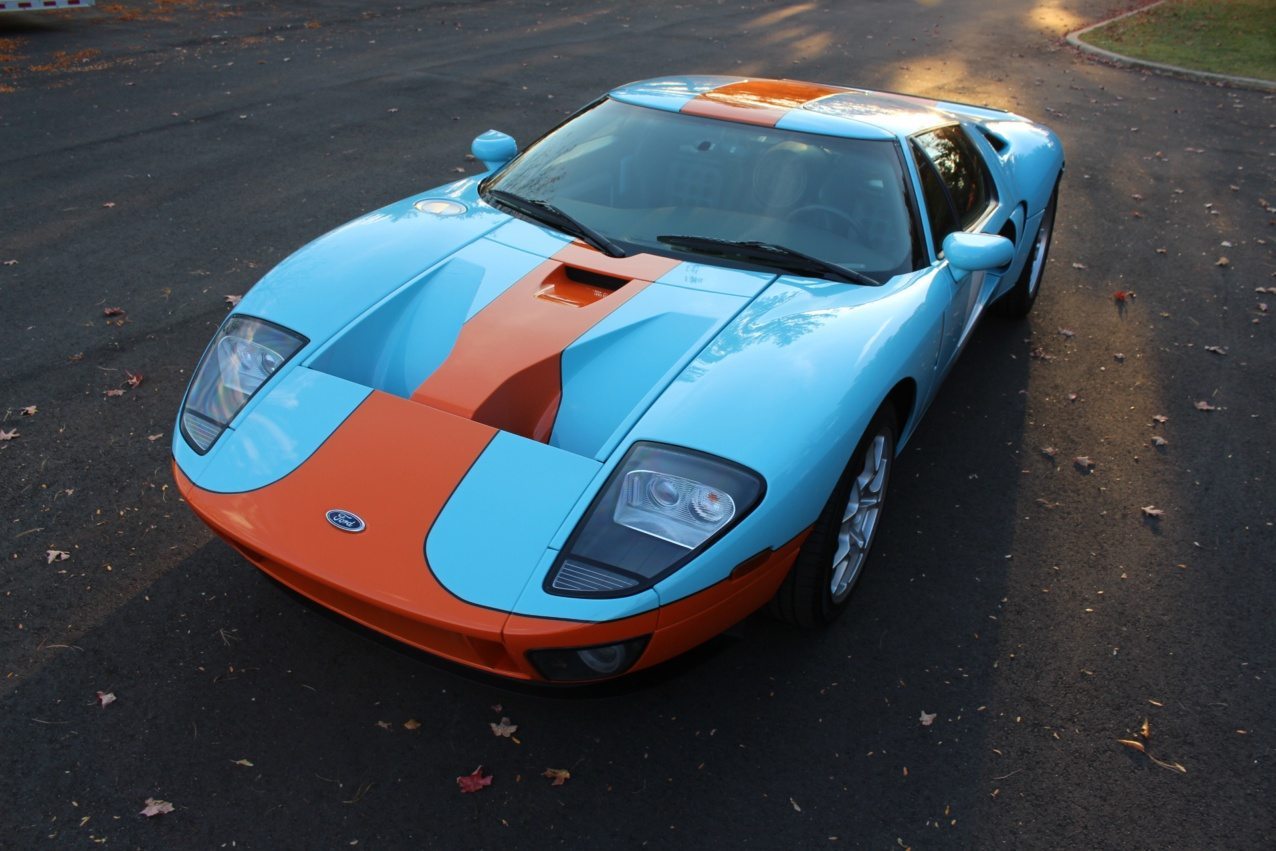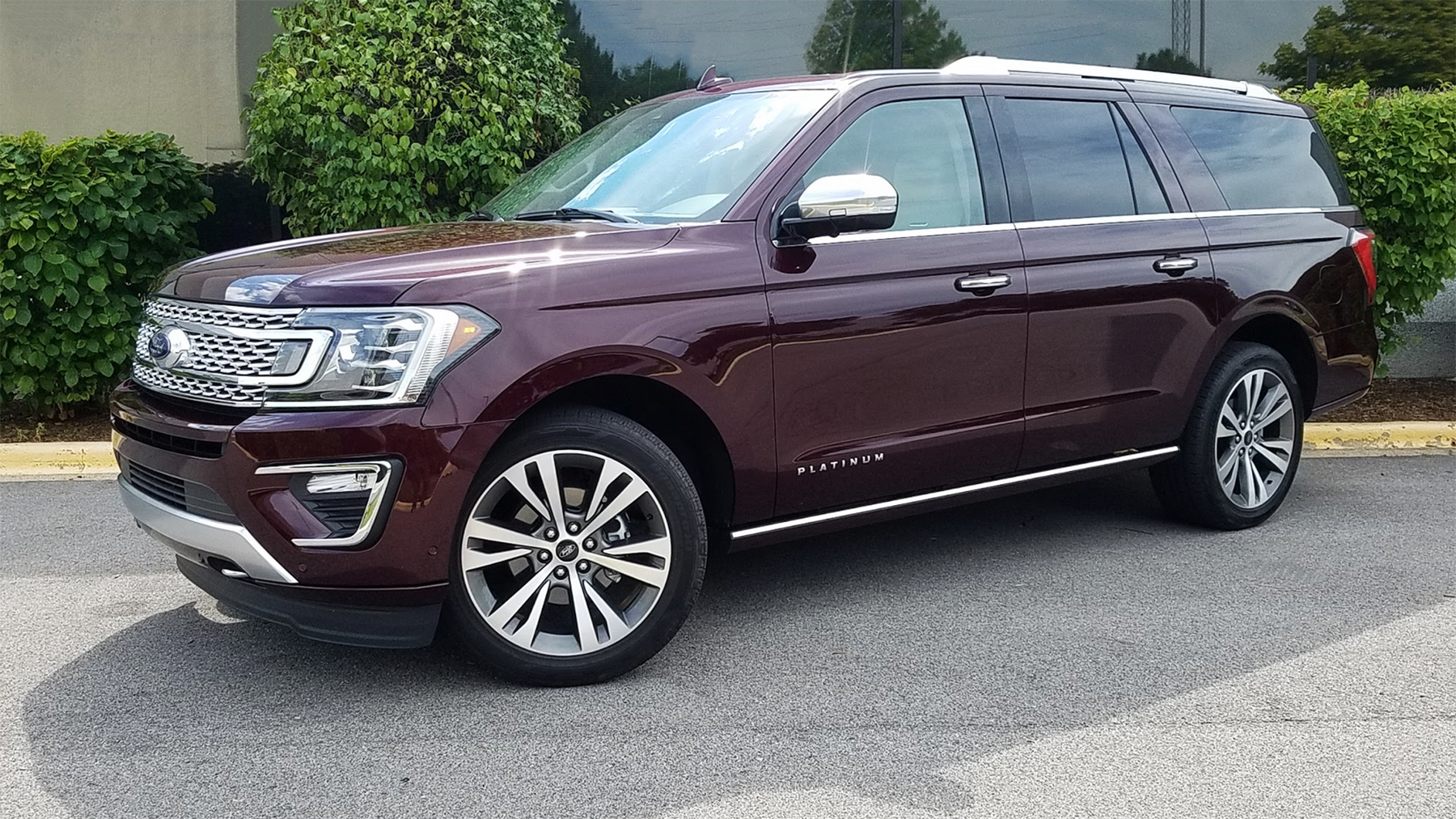
2020 Ford Expedition MAX Platinum in Burgundy Velvet Metallic (a $395 option)
2020 Ford Expedition MAX Platinum 4×4
Class: Large SUV
Miles Driven: 141
Fuel Used: 8.4 gallons
| CG Report Card | |
|---|---|
| Room and Comfort | A |
| Power and Performance | B+ |
| Fit and Finish | A- |
| Fuel Economy | C |
| Value | B- |
| Report-card grades are derived from a consensus of test-driver evaluations. All grades are versus other vehicles in the same class. Value grade is for specific trim level evaluated, and may not reflect Consumer Guide's impressions of the entire model lineup. | |
| Big & Tall Comfort | |
| Big Guy | A |
| Tall Guy | A |
| Big & Tall comfort ratings are for front seats only. "Big" rating based on male tester weighing approximately 350 pounds, "Tall" rating based on 6'6"-tall male tester. | |
| Drivetrain | |
| Engine Specs | 400-hp 3.5L |
| Engine Type | Turbo V6 |
| Transmission | 10-speed automatic |
| Drive Wheels | 4WD |
Real-world fuel economy: 16.8 mpg
Driving mix: 45% city, 55% highway
EPA-estimated fuel economy: 16/21/18 (city/highway/combined)
Fuel type: Regular gasoline
Base price: $80,110 (not including $1395 destination charge)
Options on test car: Burgundy Velvet Metallic tinted clear-coat paint ($395), heavy-duty trailer towing package ($1570), second-row bucket seats ($595)
Price as tested: $84,065
Quick Hits
The great: Expansive interior room for both passengers and cargo; eager acceleration for a vehicle of this size and weight
The good: Platinum trim level brings high-class interior furnishings; good driving manners for an extra-large SUV
The not so good: Fuel economy; sheer size can make close-quarters maneuvering tricky; steep pricing
More Expedition price and availability information
CG Says:
There’s a lot of a lot in the 2020 Ford Expedition MAX Platinum. Being a MAX, it is the longer of the two configurations of Ford’s 3-row body-on-frame large SUV. Being a Platinum, it gets all the power and practically all the luxuries available as standard equipment.

Expedition MAX Platinum models come standard with a hands-free power liftgate, panoramic power sunroof, auto-folding heated mirrors approach lighting, and power deploying running boards.
One other thing that all Expeditions have is Consumer Guide’s imprimatur as a “Best Buy” in the class. Since its 2018 redesign, the Expedition has impressed us with its exceptionally spacious cabin, extensive feature availability, smooth and strong powertrain, and fine road manners for its size.
CG editors are no strangers to the MAX Platinum with 4-wheel drive, having driven one in each year of the Expedition’s current generation. It is so complete that none of what’s new for 2020 directly affects it. An added King Ranch trim level slips in just beneath the Platinum, a Black Accent appearance package is offered for the base XLT, and the Ford Co-Pilot360 suite of safety features—which the Platinum already had—is now standard on all.
First Look: Jeep Grand Wagoneer Concept

In the top-line Platinum trim, the Expedition’s cabin offers a high level of luxury for a mainstream-brand vehicle. Our testers liked the rotary-knob shifter, which functions well and opens up space on the center console.
This embarrassment of riches is reflected on the window sticker. Our test vehicle went from a starting price of $81,505 (with delivery) to $84,065 via a short list of options that included a trailer-towing package, second-row captain’s-chair seating, and Burgundy Velvet Metallic paint. Among Platinums, 4-wheel drive comes at a $3145 premium over rear-wheel-only motivation, and a Max costs $3025 more than a “standard-length” 4×4.
Test Drive: 2020 Ford Explorer Platinum
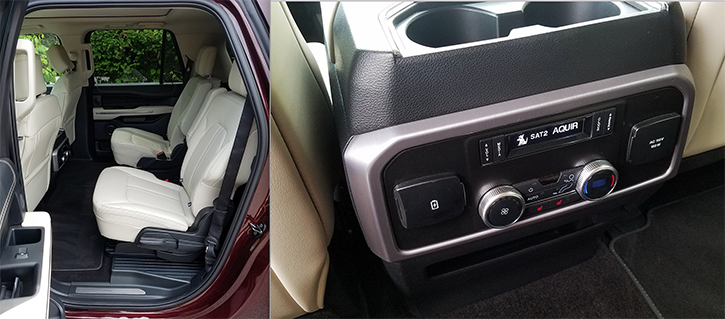
Our test vehicle was equipped with the extra-cost second-row bucket seats, which reduce overall capacity to seven but provide an open center pass-through to the third row. Second-row passengers get climate controls (including on/off buttons for the heated seats), audio controls, charging ports, and cupholders in the front center console.
With a wheelbase of 131.6 inches and total length of 221.9 inches, Maxes are 9.1 and 11.9 inches longer, respectively, than “standard-length” models. Inside, the real gain manifests itself in cargo room—there’s 16.9 cubic feet more of it in the long-body Expedition. Passenger volume, on the other hand, is essentially identical (based on Ford’s figures, the third row in the Max has 0.1-inch more headroom and 0.1-inch more shoulder room), and it certainly is generous. Legroom for front- and middle-row passengers ranges from really good to excellent, depending on where the adjustable seats are set up, and a couple of adults sitting in the third row get no worse than passable legroom even with the middle seats tracked as far back as they’ll go. One of our editors who has a couple of small children said they liked sitting in the third row: “It was like their own little clubhouse back there.”
Quick Spin: 2020 Nissan Armada Platinum
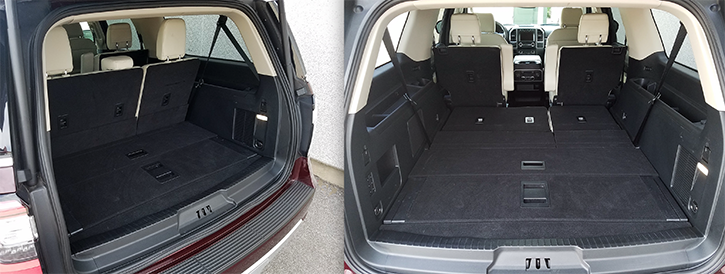
The benefits of the Expedition MAX models’ extra length are clear in the cargo area. There’s a full 34.3 cubic feet of cargo volume behind the third-row seats, compared to 19.3 cubic feet in the regular-length Expedition. The MAX offers 73.3 cubic feet of volume behind the second row, and 121.5 cubic feet with both the second- and third rows folded.
With the captain’s chairs it’s almost as easy to get to the third row by walking between the seats as it is to use the tilt-and-slide feature that makes it possible to pass behind them. (With the standard second-row bench seat, passenger capacity tops out at eight.) The backs of the captain’s chairs fold utterly flat and in line with the cargo floor, but with considerable gaps around them, which may complicate loading. The 60/40-split third-row seat backs retract via power switches in the cargo bay’s left sidewall. Second-row seats can also be dropped remotely. There’s hidden storage in trays beneath the floor of the ample cargo hold that’s accessible through a hands-free power liftgate.
The twin-turbocharged 3.5-liter EcoBoost V6 in the Platinum develops 400 horsepower and 480 lb-ft of torque, which is 25 more horsepower and 10 additional pound-feet than the same engine makes in other Expeditions. It moves the truck with surprising eagerness, particularly in “Sport” driving mode, and enjoys the assistance of an utterly unobtrusive 10-speed automatic transmission that kicks down in a trice for passing bursts, then quickly and smoothly returns to the higher gears. You’ll want it to get back up there, too, because that’s where the gas savings are, such as they may be. The 141 miles that CGers put on the 2020 tester worked out to 16.8 mpg, which was 1.5 to 2.4 mpg better than they got from 2018 and ’19 Expeditions, but the latest run was the only one with a majority of highway miles. The EPA rates this powerteam at 16 mpg in city use, 21 mpg on the highway, and 18 combined.
Test Drive: 2020 Infiniti QX80 Limited
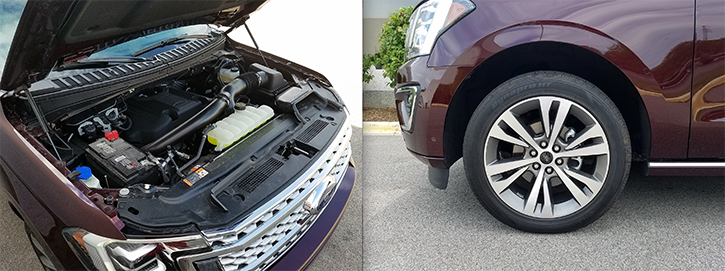
The Expedition’s twin-turbo EcoBoost 3.5-liter V6 makes 400 horsepower in Platinum models–a boost of 25 hp over the rest of the Expedition lineup. It provides satisfyingly brisk acceleration, especially for a vehicle this large. Our test vehicle was equipped with 22-inch machined-aluminum wheels with painted pockets.
An object as big as an Expedition Max will demand some care in parking and close-quarters maneuvering, but there’s nothing daunting to the nicely tuned and weighted steering. Even rolling on 22-inch alloy wheels, as the Platinum does, ride is comfortable. Throw in generous personal-item storage, plentiful luxury appointments and conveniences, and a cooperative infotainment system, and it’s clear that there’s a lot to it.
First Look: 2021 Chevrolet Tahoe and Suburban
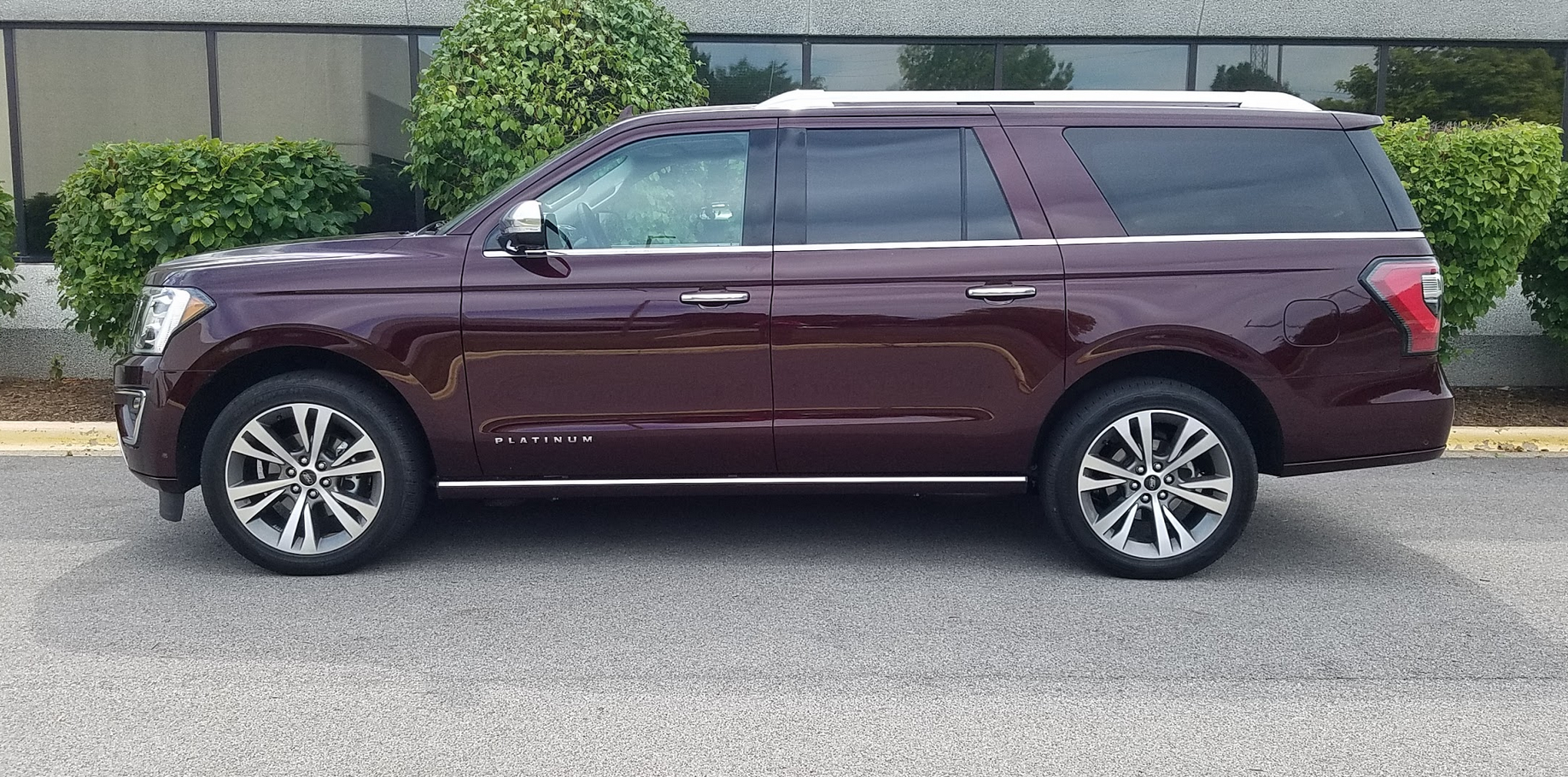
A luxurious, extra-large vehicle like the Expedition MAX Platinum costs extra-large money, but Ford’s biggest SUV delivers impressive-for-its-size tractability and surprising pep in addition to the expected cavernous cabin.
Click below for enlarged images.
Listen to the very entertaining Consumer Guide Car Stuff Podcast
2020 Ford Expedition MAX Platinum Gallery
2020 Ford Expedition MAX Platinum
For GREAT deals on a new or used Toyota check out South Bay Toyota TODAY!




